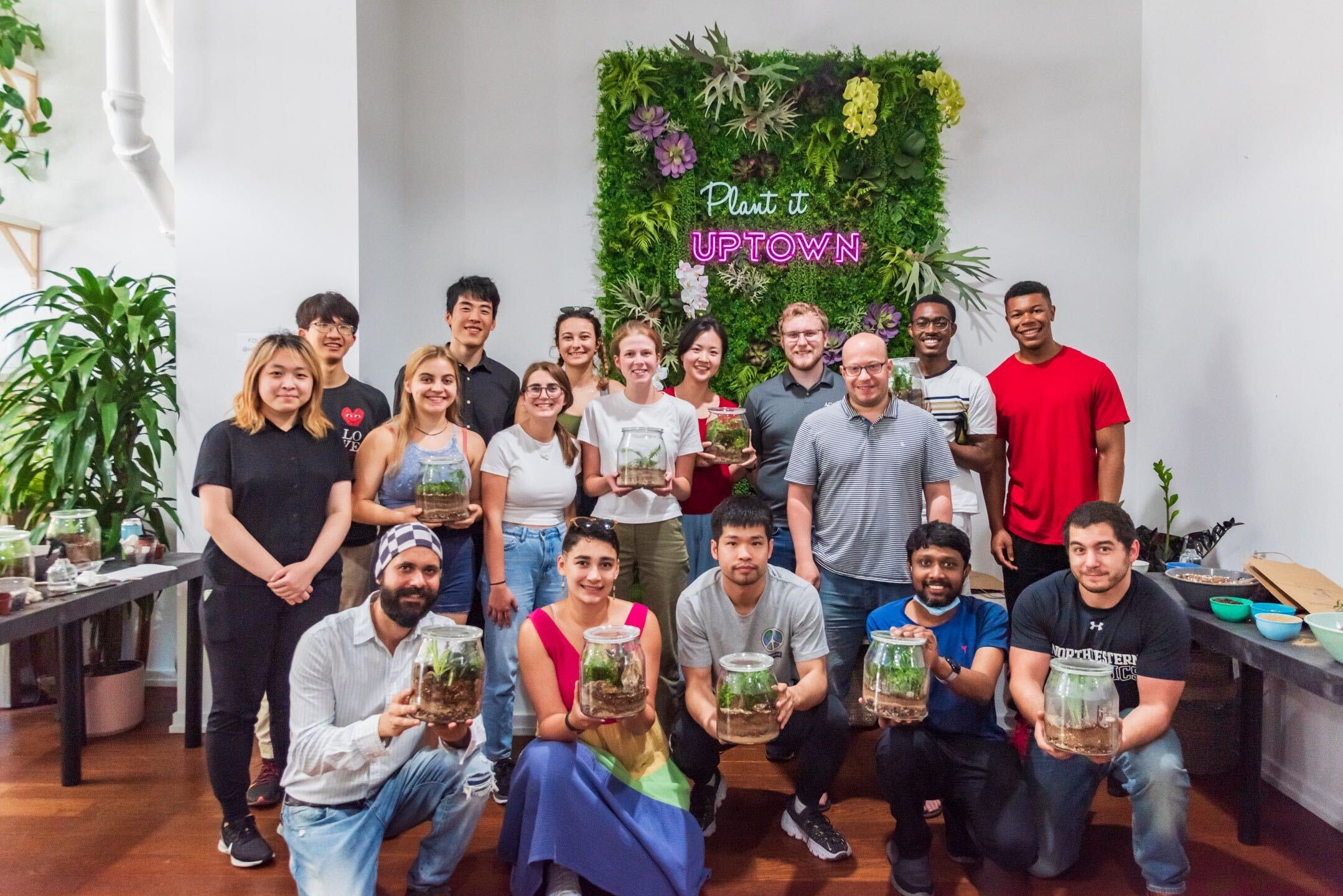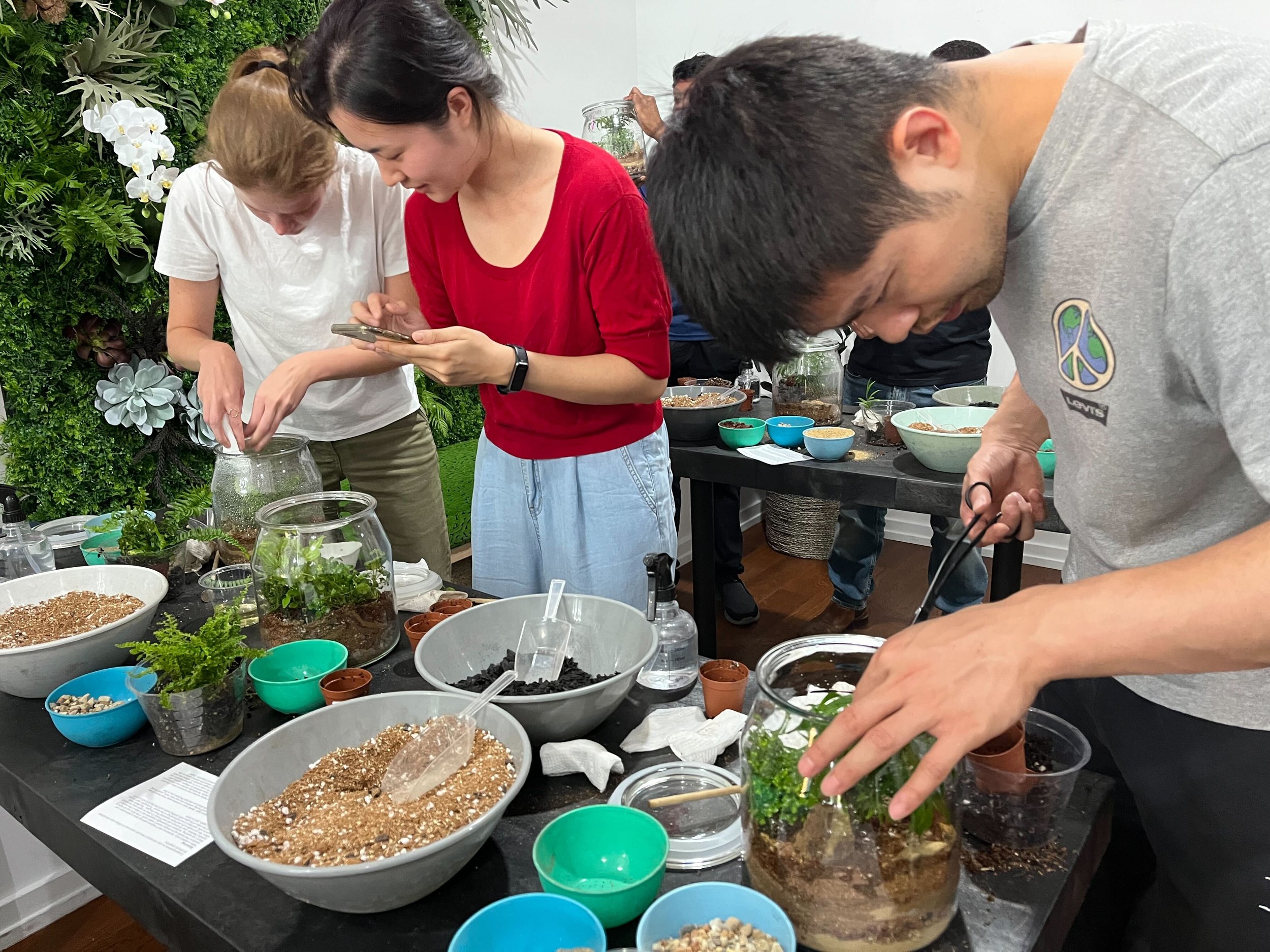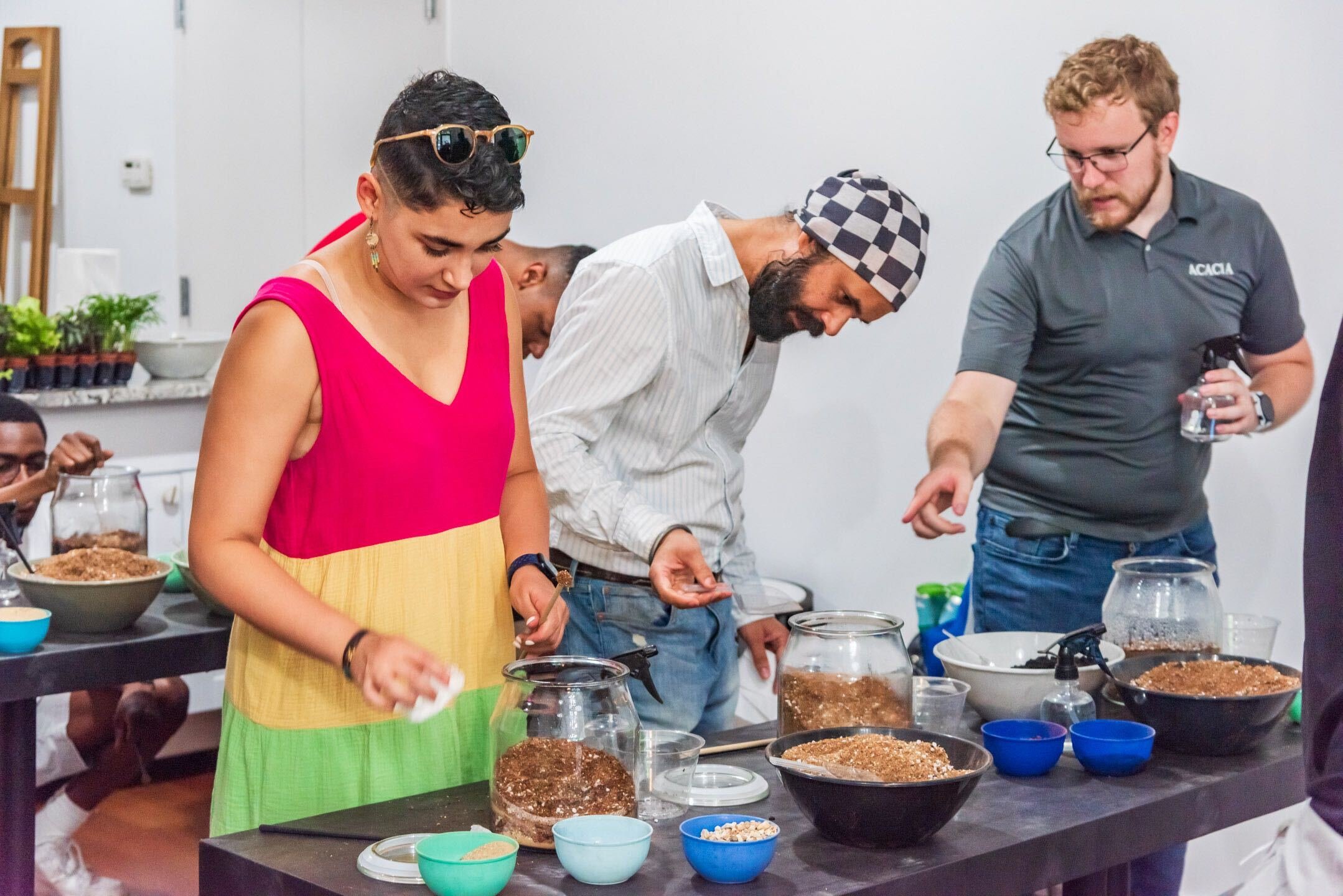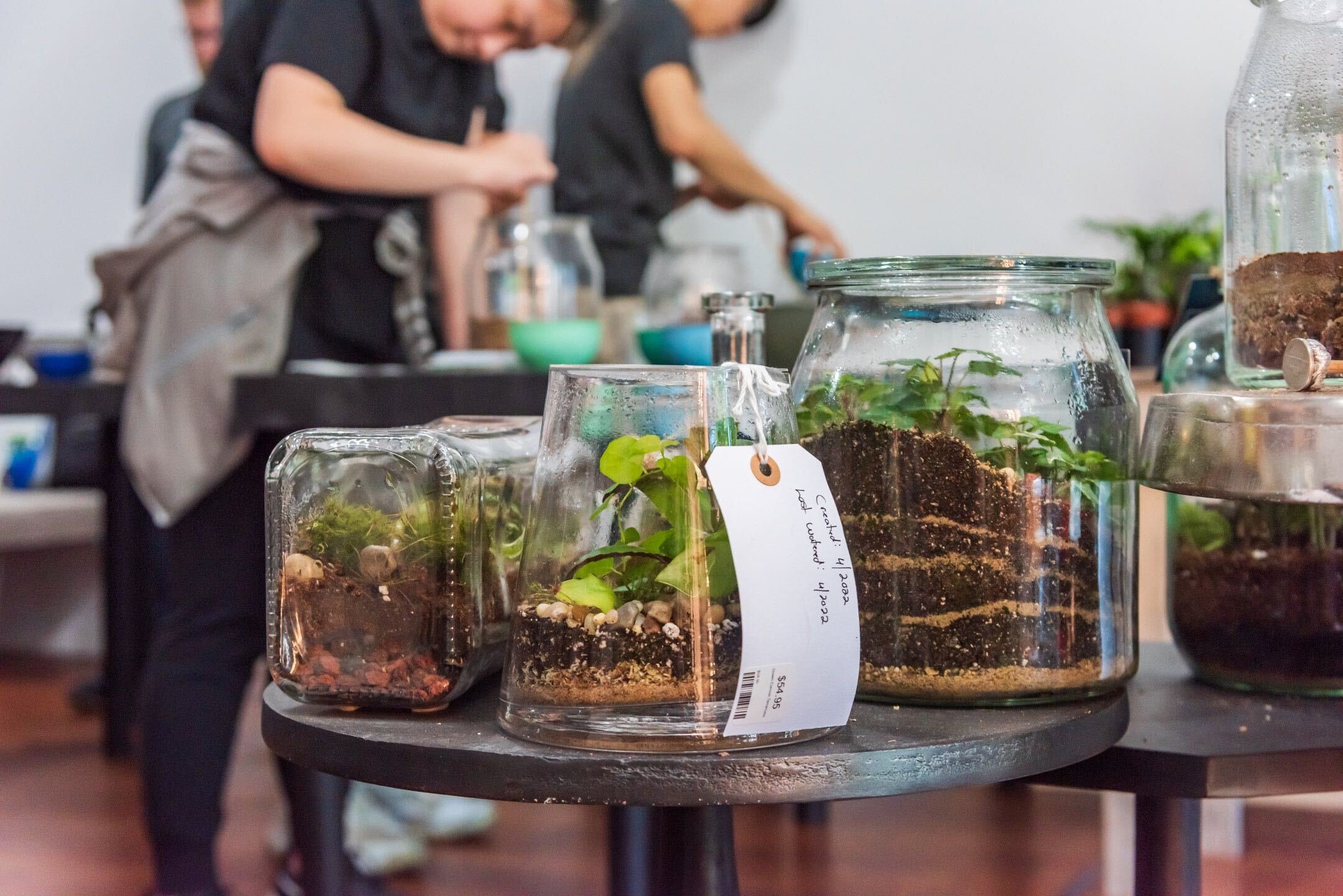Disordered systems, especially polymers, play an important role in shaping our modern society and are expected to be an even bigger part of the future. However, the complexities of these systems pose a challenge for scientists to characterize, given our current limited understanding. Elucidating how disordered systems respond to external stimuli thus becomes important.
https://www.nature.com/articles/s41563-024-01813-3
In this work, we revealed the tiny deformations and complex structural changes in water-swelled polymers in response to external voltages, uncovering the evolution of disordered polymer systems. Using a novel technique, X-ray photon correlation spectroscopy (XPCS), to monitor deformation with sub-second time resolution, we found that voltage application pathway significantly affects the polymer's stability and structural changes.
Unusual long-term asymmetry was observed between de-doping and re-doping. De-doping quickly reaches mesoscale equilibration due to moving structural distortions from coupled electronic/ionic motion (polarons). In contrast, re-doping shows a persistent non-equilibrium process with evolving mesoscale structures, driven by complex interactions among solvent, ions, electrons, and polymer networks, and significantly modified by the rapid generation of multi-charged species (e.g., bipolarons).
Coupling between charged species, mesoscale domain deformation, and external voltage is as always more complex than expected. Moreover, internal strain and structural hysteresis depend heavily on the sample’s cycling history.
This was a great team effort lead by grad student Ruiheng Wu, with Dilara Meli and Bryan Paulsen. Thanks to Chris Takacs for his leadership and mentorship, and to our Argonne collaborators Joe Strzalka, Suresh Narayanan and Qingteng Zhang.




































